Pharma eyes export market
The lifting of its long-existing protectionism has made the Moroccan pharmaceutical industry nimbler and more open to foreign assistance, placing the industry in a position to export to sub-Saharan markets.
The pharmaceutical industry is a key ingredient to the Moroccan economy. In 2011, it accounted for more than $950 million in revenues (at the wholesale level) and employs about 40,000 people. Thirty-two pharmaceutical producers nationally supply the country’s 11,000 pharmacies. On average, Moroccans spend $46 a year each on pharmaceutical products.
The Moroccan government has traditionally played an active role in both encouraging and regulating local pharmaceutical producers, under the tutelage of the Ministry of Health. The government has never been abashed about promoting local production, so as to insure traceability and quality control over medical products.
 “Among the most important aspects of the medical framework are the mandatory medical coverage programs,” explains Abdelghani el Guermai, the founder of Galenica Pharmaceuticals and president of the Moroccan Pharmaceutical Association (Association Marocaine de l’Industrie Pharmaceutique or AMIP).
“Among the most important aspects of the medical framework are the mandatory medical coverage programs,” explains Abdelghani el Guermai, the founder of Galenica Pharmaceuticals and president of the Moroccan Pharmaceutical Association (Association Marocaine de l’Industrie Pharmaceutique or AMIP).
In 2005 the Moroccan government approved two health insurance programs. The first is a payrollbased mandatory health insurance plan called l’Assurance Maladie Obligatoire (AMO) for all working people. The second is the Regime d’Assistance Medicale (RAMED) which finances health services for 8.5 million Moroccans living below the poverty line, about 30% of the population.
As a result of these programs, between 2008 and 2010 the Ministry of Health increased its pharmaceuticals procurement budget from $5.7 million to $160 million.
Pharmaceutical products benefit from the absence of VAT on many important classes of medications, such as those for hepatitis and chronic diseases. The government also regulates pricing.
Control and distribution
The government is active in checking product quality at several levels. Upstream, the National Laboratory for the Control of Medical Products (Laboratoire National de Controle de Medicaments or LNCM) is the controlling laboratory, whereas downstream the Health Ministry controls at the pharmacy outlet level on an ad hoc basis.
According to the pharmaceutical association, on an aggregate basis, Moroccan pharmaceutical producers spend about $34 million annually on quality control measures. The proof of the production quality lies with the World Health Organization, which has classified Morocco as “Europe-zone”, implying that the quality controls are at European levels.
The distribution of medical products in Morocco is done mainly via a network of 40 wholesalers that reach out to the country’s pharmacies and hospitals. Wholesalers account for 80% of the flow, while 20% goes directly from manufacturers to pharmacies or hospitals. State hospitals are supplied via the staterun Pharmacie Centrale de Berrechid.
Industry profile
The pharmaceutical industry in Morocco has seen consistent growth by many benchmarks. The number of manufacturing facilities has grown from 22 in 2000 to 32 in 2011. Over the same period, the total units produced jumped from 178 million to 293 million.
This growth has come from a mixture of domestic companies focusing on generic products (such as Galenica or Cooper Pharma), and the entrance of foreign companies, either via joint ventures or via wholly-owned subsidiaries. There are no restrictions on foreign direct investment in the pharmaceutical sector, which may have been part of the appeal for such recent entrants as Ranbaxy of India or Sanofi-Aventis of France.
Like many emerging markets, Morocco puts particular emphasis on the development of less expensive generic drugs. This reduces costs while increasing access to a larger population. It also creates export potential to neighboring countries. According to AMIP, generics represented about 30% of drug sales in 2011 versus 70% for patented products.
“We see strong growth for generics in the Moroccan market due to government pressure to reduce health expenditures,” explains El Guermai, AMIP president. “However certain areas such as cancer and biotechrelated products will remain green pastures for patented drugs.”
Local manufacturing, which is typically done under a licensing contract with a foreign patent-holder or by a local generic producer, accounts for 70% of domestic demand. Imports cover the remaining 30%. Approximately 8% of domestic production is sold as exports, mostly to sub-Saharan countries and to neighboring Maghreb countries. This represented almost $60 million in 2010.
Framework for international entrance
Morocco offers many opportunities for foreign investors due to strong market growth and good export potential from a Moroccan regional platform.
The extension of generics to 50% or even 70% of the market value is one opportunity. Another is the local production of active pharmaceutical ingredients (APIs), which is where Ranbaxy of India has found a place. Another opportunity may arise over the next decade as qualified locally-educated researchers and scientists enter the workforce and R&D focuses on specific sub-Saharan diseases.
“Several measures exist to stimulate FDI in our sector,” says El Guermai. “And the fact that perhaps 40% of production capacity sits idle in Morocco means that foreign companies can take advantage of market opportunities at lower risk levels than elsewhere.” Moreover, because of new government insurance schemes such as AMO for middle-class workers and RAMED for low-income Moroccans, healthcare in Morocco is expanding rapidly, creating new opportunities for foreign investors in the sector. ●
For more information:
Moroccan Pharma Assoc (AMIP)
Moroccan Health Ministry
Directory of Moroccan pharmacies



